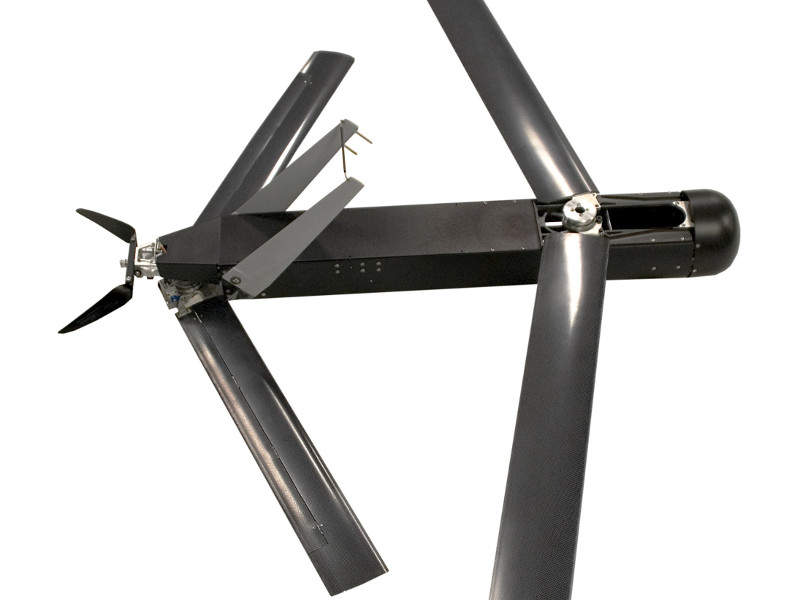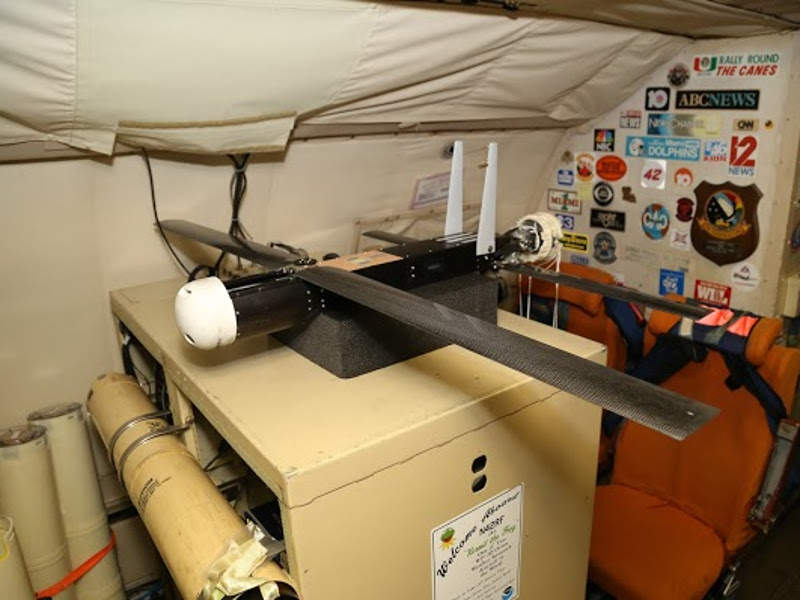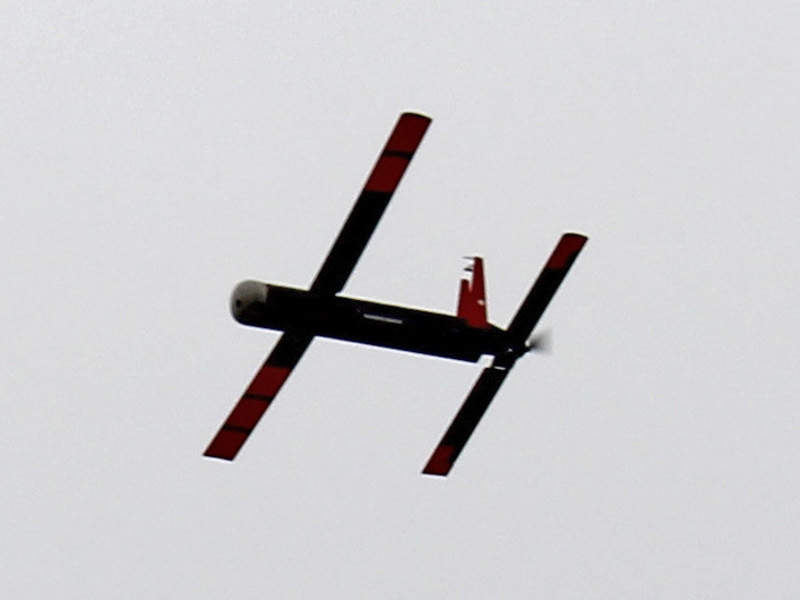Coyote is a small unmanned aircraft system (UAS) developed by Sensintel (formerly Advanced Ceramics Research), part of Raytheon Company.
The aerial vehicle is primarily intended for intelligence, surveillance and reconnaissance (ISR) missions in areas that are not accessible to manned aircraft. It can be configured for a variety of missions such as electronic warfare, strike, counter-UAS, perimeter security, research, disaster assessment, and targeting assistance.
The Coyote UAS was unveiled in 2004, while its first flight was performed from Beechcraft C-12 Huron turboprop aircraft in 2007. The UAS made its first test flight from a WP-3D Orion hurricane hunter aircraft in January 2010.
Raytheon performed demonstrations of 30 Coyote unmanned air systems in a swarm in support of the Office of Naval Research Low-Cost UAV Swarming Technology (LOCUST) programme in 2016.
Coyote UAS orders and deliveries
Coyote was deployed by the National Oceanic and Atmospheric Administration (NOAA) for tracking and modelling the intensity of Hurricane Edouard, for the first time in 2014. Deployed from a NOAA WP-3D Orion aircraft, the UAS collected meteorological data of the hurricane and transmitted to the researchers in real-time.
The second operational deployment was performed from a NOAA WP-3D Orion hurricane hunter aircraft to monitor Hurricane Maria in 2017.
Raytheon was awarded a contract by the US Army to provide the Coyote UAS and the KRFS (Ku band radio frequency system) electronically scanned array radar for counter-UAS missions in July 2018.
Scheduled to be delivered in the second half of 2018, the Coyote vehicle will be used by the US Army to detect, track and destroy the enemy unmanned aerial vehicles (UAVs) and other low-swarming threats above the battlefield.
Design and features of Coyote UAS
The low-cost, expandable Coyote unmanned aerial vehicle features modular design and can perform missions individually, as well as in groups. It is 26in long and has a wing span of 58in.
The UAV is equipped with foldout tandem wing configuration with two main wings, which are deployed in early flight phase. The tail section has signature twin tail design with two vertical stabilisers.
The aerial vehicle is stored and launched from a standard sonobuoy canister or common launch tube. It can also be deployed from air and sea-based platforms.
The UAV can fly automatically using a global positioning system (GPS)-based autopilot system, which incorporates pre-loaded flight-controlled software.
Payloads onboard Coyote UAS
The Coyote UAV weighs 5.9kg (13lb) and can carry a variety of interchangeable payloads depending upon the mission requirements.
The onboard electro-optical and infrared (EO/IR) imaging sensors gather surveillance imagery, video and critical information. An advanced RF seeker is mounted at the tip of the vehicle to acquire targets.
The Coyote carries a proximity warhead to destroy enemy drones and KRFS multi-mission radar to provide early warning and precision fire control capability when deployed in counter-UAS missions. It is also equipped with weather sensors to collect weather data, making it suitable for performing disaster management tasks.
The information captured by the onboard sensors is transmitted to the ground control station in real time using a secure data link.
Performance of Coyote UAS
The Coyote UAS is equipped with a battery-powered two-blade propeller, mounted at the rear in pusher configuration.
It has a maximum air speed of 70kt and a cruising speed of 55kt. It can operate at altitudes of 30,000ft above the mean sea level in non-icing conditions and has the ability to withstand wind speeds of 160.9km/h (100mi/h).
The vehicle can travel up to 80km (50mi) from its launch platform and offers a maximum endurance of 60 minutes.




